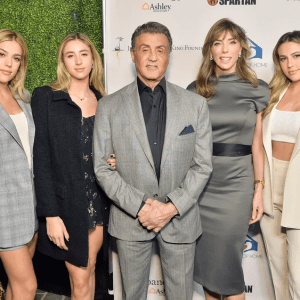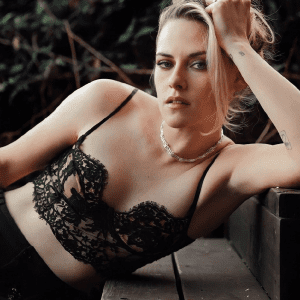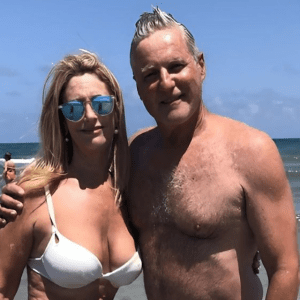
In the 1980s, Mickey Rourke was the epitome of cool. He wasn’t just acting—he owned the screen. With his smoldering stare, rebellious energy, and raw magnetism, Rourke captivated audiences in films like 9½ Weeks and The Pope of Greenwich Village. He was unpredictable, intense, and unforgettable.
But years later, something changed. His face, once iconic for its rugged charm, became the center of media attention—not for his roles, but for its dramatic transformation.
Here’s the thing—Mickey Rourke didn’t start his cosmetic journey for vanity. After stepping away from acting in the early ’90s to pursue professional boxing, he suffered serious facial injuries. Broken bones. Bruised pride. His once-godlike jawline took hit after hit.
Video: MICKEY ROURKE FROM 1981 TO 2023.
So he did what many might do in his shoes—he tried to fix it. But what began as medical restoration slowly spiraled into a whirlwind of surgeries and enhancements that, over time, changed everything.
Rourke’s nose bore the brunt of his boxing career. To repair the damage, he reportedly underwent five rhinoplasty surgeries. That’s a lot—even in Hollywood. While the first couple of procedures aimed to fix structural damage, each additional revision altered the natural shape of his nose more and more.
Eventually, the refined edges of his youthful face gave way to asymmetry. The message? Even with the best intentions, too many tweaks can lead to a version of yourself that feels foreign.

We all know how important a strong chin is in Hollywood—it’s practically the mark of a leading man. Rourke added chin implants to rebuild what he’d lost. But instead of creating harmony, the results looked off-balance. The implants pulled focus from the rest of his features, creating a sharper, more artificial silhouette.
It’s like trying to restore a classic car with brand-new parts that don’t quite fit—the intention is pure, but the outcome feels disjointed.
In a bid to maintain a youthful glow, Rourke also received lower lip implants and cheek fillers. While many celebrities dabble with volume restoration, it’s a delicate game. A little too much, and the softness that once felt natural turns stiff and unrelatable.
Fans began to notice. The expressive, emotive face they knew had become more sculpted—less warm, less familiar.
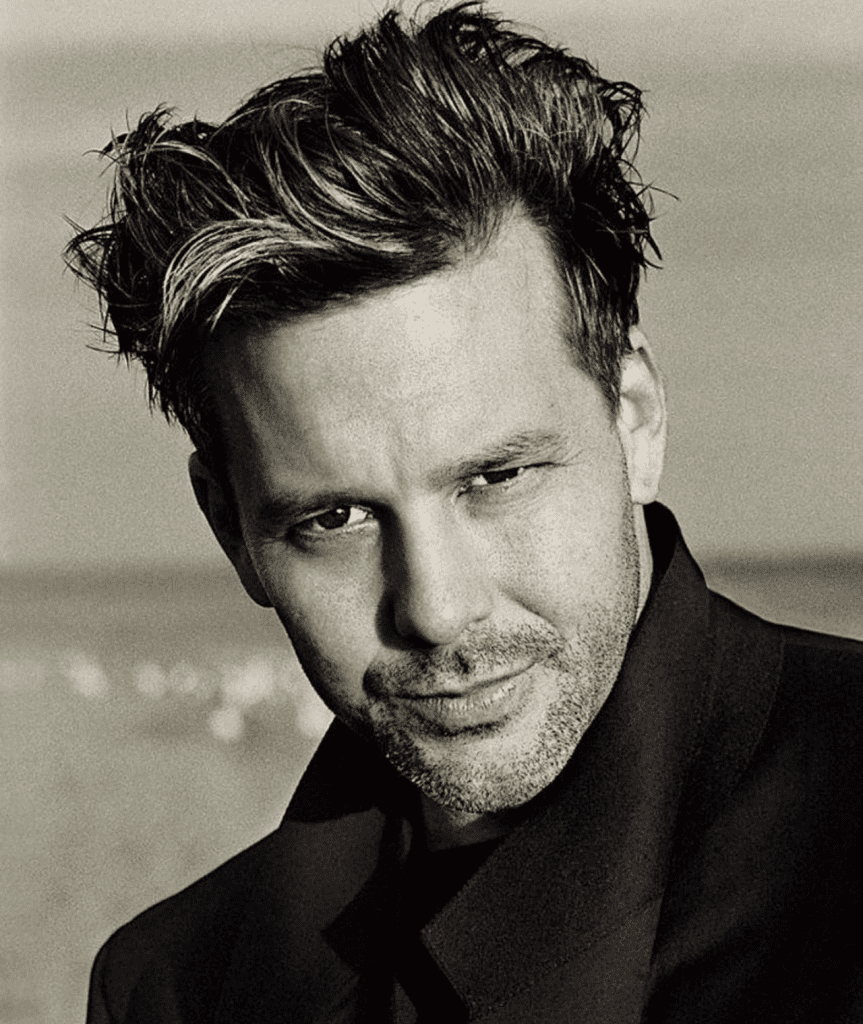
Like many aging stars, Rourke faced a receding hairline head-on—literally. Hair transplants promised a rejuvenated look, but in his case, the change felt jarring. His once tousled, boyish hair now sat atop a frame that had undergone so many other changes, making the contrast impossible to ignore.
Hair restoration can be a boost in confidence—but it works best when it blends. And here, it didn’t quite.
Rourke’s eye lift was one of the more obvious changes. This procedure aims to refresh tired eyes and lift sagging lids. In his case, the result was a more intense, wide-eyed look. But combined with everything else, it pushed his expressions into unfamiliar territory.
Video: TIME Magazine Interviews: Mickey Rourke
Sometimes, one subtle change isn’t the issue—it’s how it plays alongside a dozen others.
Facelifts are meant to be subtle. A gentle pull. A cleaner line. But Rourke’s results didn’t lean subtle. His skin looked overly taut, and a surprising side effect—losing his sideburns—only added to the shock factor. That simple detail made headlines, showing how small losses can have a big impact when they’re tied to identity.
In chasing youth, he lost part of what made his look iconic.
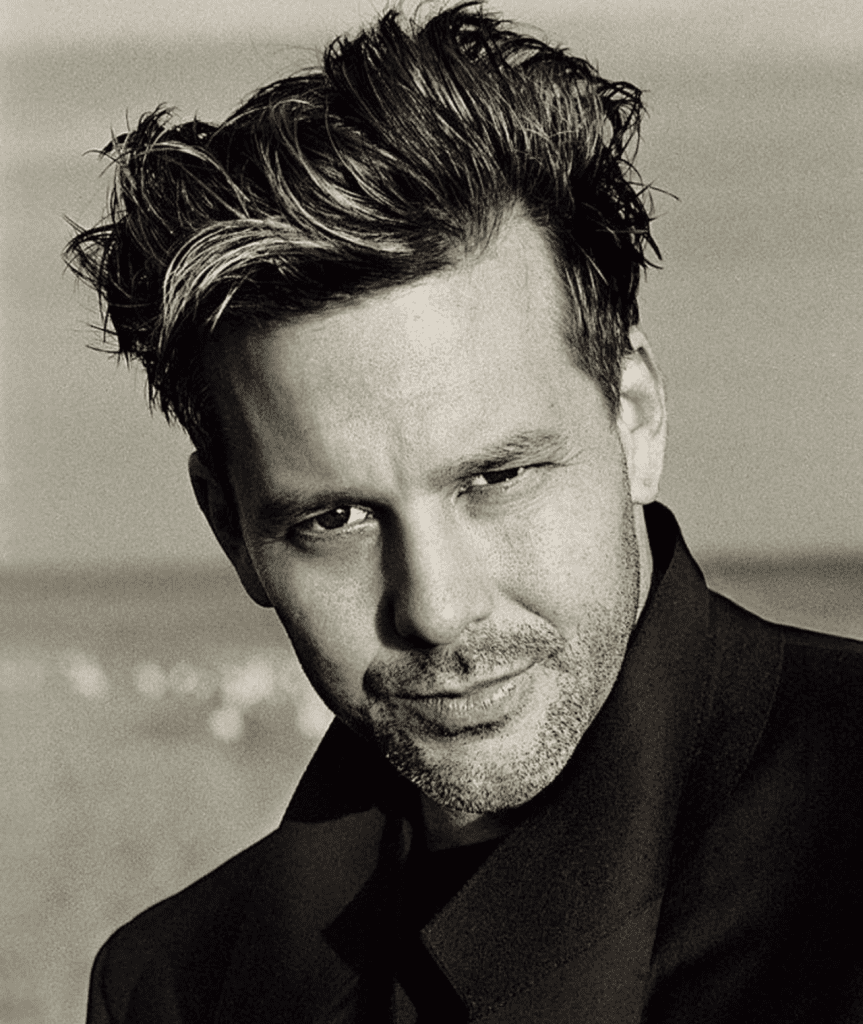
Fillers are meant to smooth and support. But overdo it, and you lose the very structure that defines your face. Rourke’s cheeks and jawline took on a puffier, more exaggerated look over the years. What was meant to preserve charm ended up clouding it.
This isn’t just about vanity—it’s about knowing when to stop.
Let’s pause here. It’s easy to sit back and judge, right? But think about what it means to have your face—your brand—become your identity. Then imagine watching it change. Aging. Injured. Criticized. You’re expected to always look the part, even if the part doesn’t fit anymore.
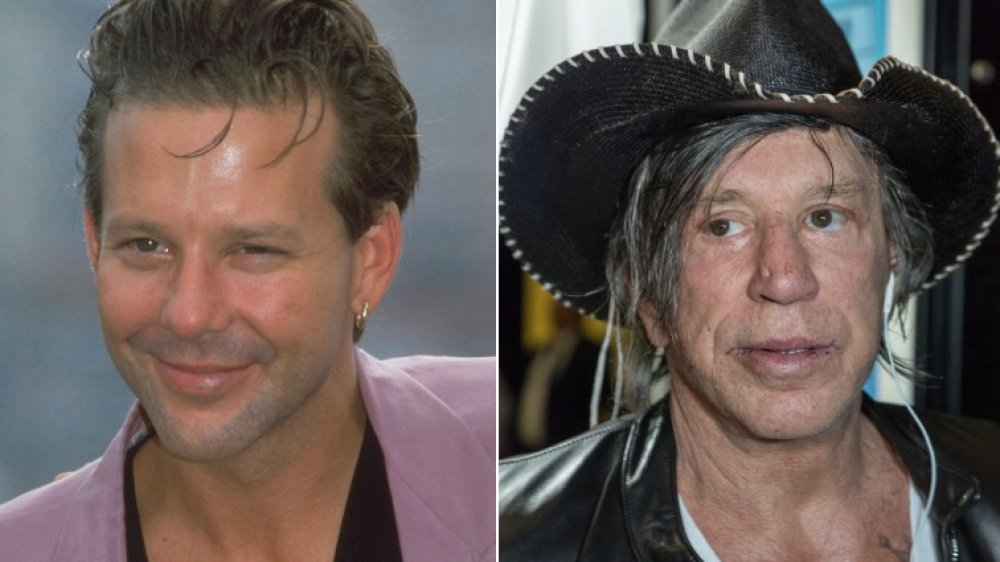
That’s the pressure Rourke faced. And he did what he thought would help him heal, fit in, and keep up. His story is as much about the harsh demands of fame as it is about cosmetic choices.
Despite the media obsession with his looks, Rourke’s talent hasn’t gone anywhere. His powerful role in The Wrestler proved that. He brought raw vulnerability to the screen—and earned a Golden Globe, plus an Oscar nomination, to prove it.
That role didn’t just remind people of his acting chops—it reminded them of his soul.
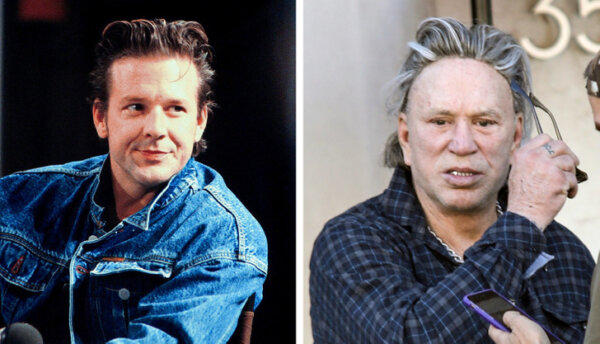
Mickey Rourke’s transformation is complex. It’s not about bad choices or failed surgeries—it’s about being human in a world that punishes imperfection. It’s about the toll of fame, the burden of beauty, and the deeply personal journey of trying to feel whole again.
So maybe the lesson here isn’t “don’t get surgery.” Maybe it’s “give people room to evolve—messy, imperfect, and real.” Because beneath every procedure is a person who once just wanted to feel like themselves again.
